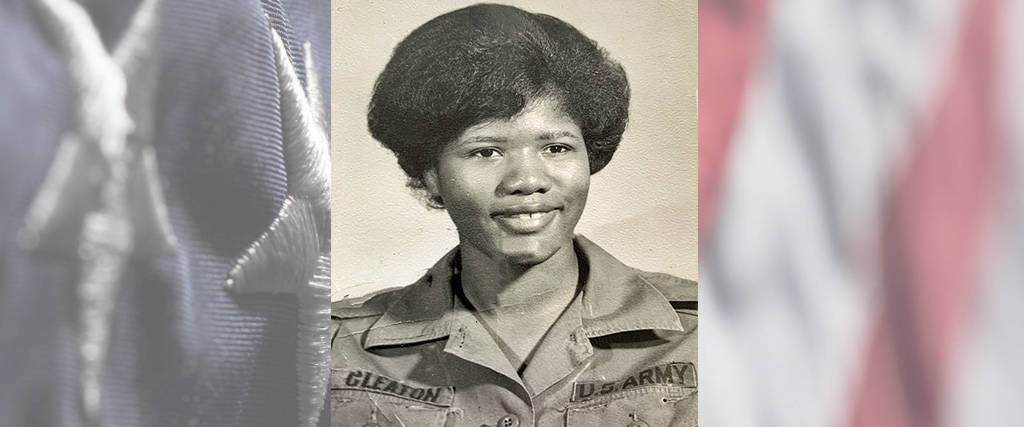U.S. Army Vietnam War Broadview, IL Flight date: September, 2019
By Frank Hauenschild, Honor Flight Chicago Veteran Interviews Volunteer
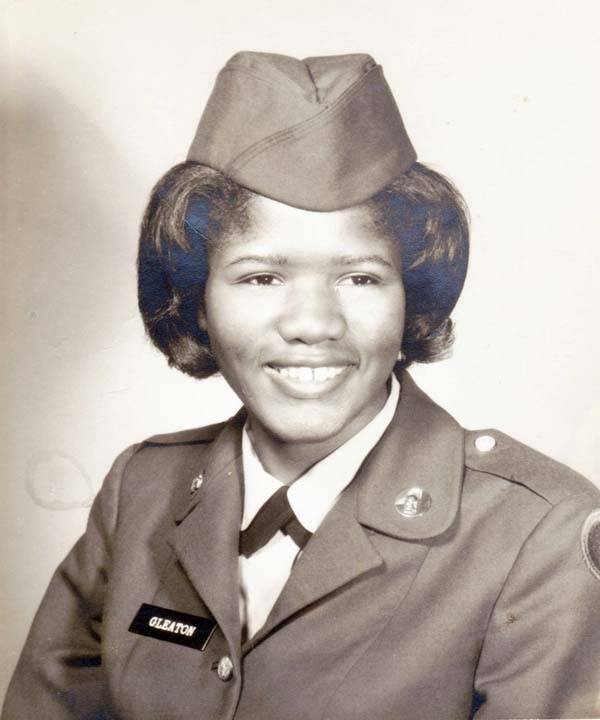
On July 30, 1966, a Saturday morning, with a small suitcase packed with her basic necessities, Esther Gleaton climbed into a car destined for a local bus station in Atlanta, Georgia. The adventure she was about to take had begun a few days earlier when she and a friend were talking about the scarcity of decent paying jobs for black high school graduates. They discussed the possibility of joining the U.S. Army and agreed to meet at the local Army recruiter’s office. Esther waited on the sidewalk for her friend to arrive. As time passed, the recruiter came outside and asked Esther why she was standing alone on the sidewalk. After a short discussion regarding her situation, the recruiter told Esther that if she passed the required written test, then they could discuss her entering the Army. Passing the test, Esther returned the following day to take a physical; after passing she was informed that a bus was leaving that Saturday for Fort McClellan. Because she was female and under the age of 21, her parents’ consent was required.
Returning home that day, and very excited that she would be able to travel outside of the Atlanta area and become eligible for the GI Bill to attend college, she informed her parents of her decision to join the Army. “No” her father, Leon, bluntly told her; both parents refused to sign the consent for her to join the Army. That Saturday in July 1966, with a determined mind and her suitcase, she got in the car with her recruiter, and simply refused to get out until her parents signed the consent. Finally relenting, her parents, Leon and Doris Mae signed the consent and Esther was off to the Women’s Army Corps (WAC) Boot Camp at Fort McClellan, Alabama.
Spending two months in Boot Camp, Esther was trained in providing first aid, marching, exercising, marching, gas mask training, marching, formations, and yes, “more marching.” Upon completing her Basic Training, Esther received orders to attend cooking school. Being independent, she voiced her disapproval with her orders while standing in formation and for that infraction of military protocol, Esther promptly ended up in the office of her commanding officer. Threatened with an Article 15 hearing, she was reminded that “You don’t tell the Army what to do!” Pleading her case, she told her commanding officer that she was tired of cooking for her parents and siblings her whole life. Esther was then sent to clerk typing school.
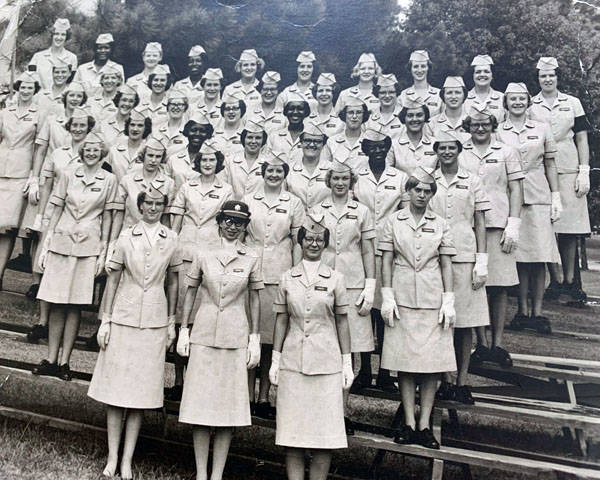
Though Esther avoided cooking school, she was sent back to her home state of Georgia and assigned to Sand Hill at Fort Benning, Georgia, where she and others processed soldiers going to Vietnam. After spending over a year at Sand Hill, “I wanted to see the world!” Esther began to bug her First Sergeant for reassignment. Being persistent, she was offered an opportunity that would occur “real fast” if she would volunteer to go to Vietnam.
She agreed and within two months, she was on a plane to South Vietnam with hundreds of men, and a few other women. When they arrived at Bien Hoa Air Base, Esther recalls they had to keep circling due to a firefight that was going on near the airfield. When a lull in the fighting took place, they landed and were told to “grab your luggage and run to the waiting jeeps – as fast as possible!” She noted that the first and last jeeps of the convoy had mounted machine guns; the lead jeep led them at a very fast pace to Long Binh, which was about 14 miles away from the air base. Arriving at Long Binh, Esther and the other female personnel were taken to the WAC Detachment. There she was assigned to her bunk area and she was finally able to change from her skirt, stockings and heels into fatigues. On her first trip outside of the U.S., she was in South Vietnam and experienced her first combat encounter.
About 20 miles northeast of Saigon, Long Binh was a sprawling logistics base which handled supplies and stationed many of the high-ranking officers in South Vietnam. Her assignment at Long Binh was clerical typing, where she had top security clearance. She recalled that many times while being off duty, a jeep would be dispatched to the WAC housing area to bring her back to her office area to do typing that came up as an emergency.
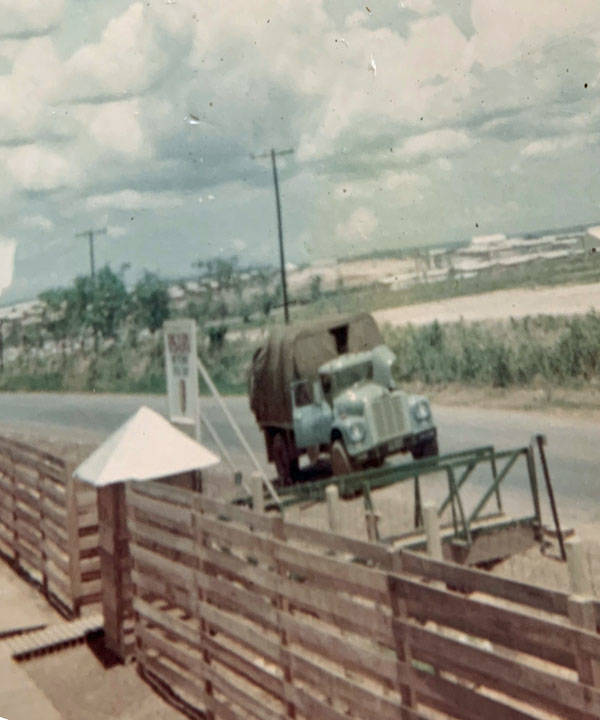
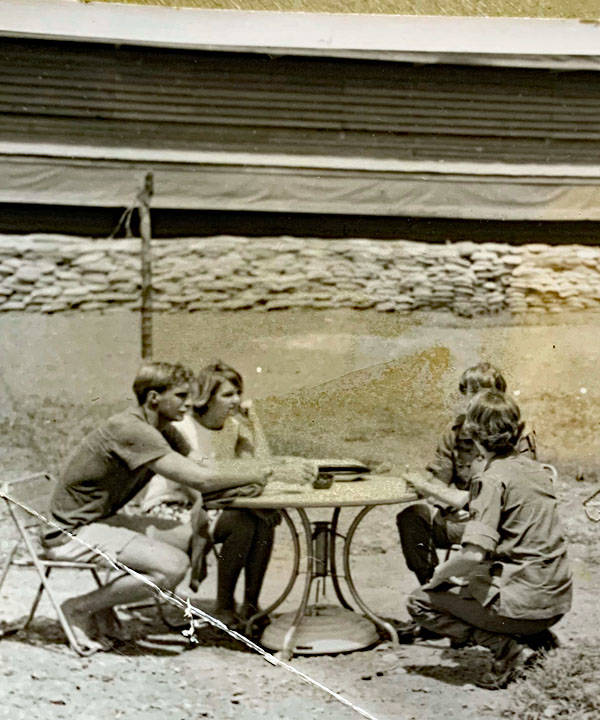
Esther related that her off time was good in South Vietnam. The WAC housing area was surrounded by a tall fence and had a single entry/exit point that was guarded 24/7. There the WAC’s enjoyed time together in the yard area, held BBQs, shopped at the PX stores on base, and were able to watch a lot of movies in the evening in the courtyard by their barracks. Her time at Long Binh was not all work. During her 18 month tour of duty, Esther had R & R and traveled to Singapore and Japan, which she enjoyed immensely. During her time in South Vietnam, Esther also enjoyed the USO shows featuring Bob Hope, Martha Ray and Evangelist Billy Graham.
She also had time off while in South Vietnam. She related that the women were able to helicopter off base for a day to different parts of Vietnam. The only restriction was that they were to fly back in the evening on a predetermined chopper flight. Esther chuckled when she explained that one time, while they were waiting to get on a helicopter, a soldier with all of his gear, ran past them, “at about 100 miles per hour” and jumped into the helicopter. As it turned out, the speedster soldier just received his discharge orders and he wasn’t going to stay in Vietnam another minute. He convinced the pilot of his urgency to leave and was given priority seating leaving the girls behind for the next flight, which wasn’t until the next morning. Arriving back to Long Binh explanations were provided to the guard at the gate, and they were allowed to return to their barracks.
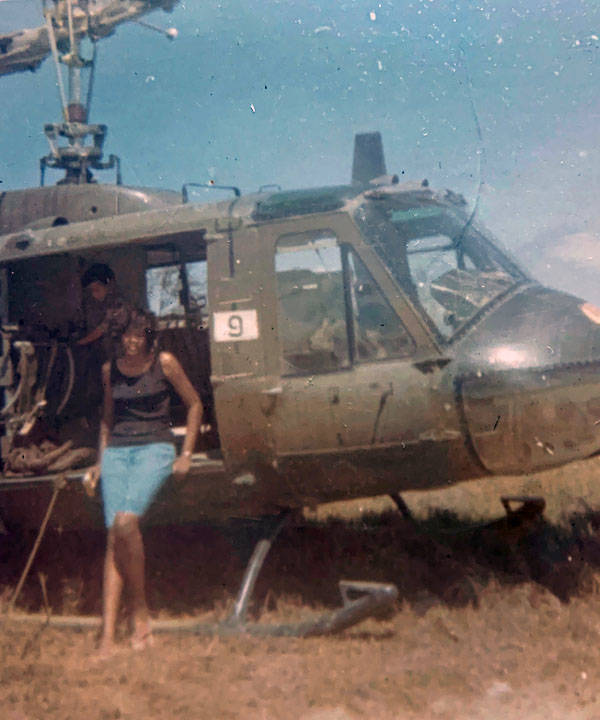
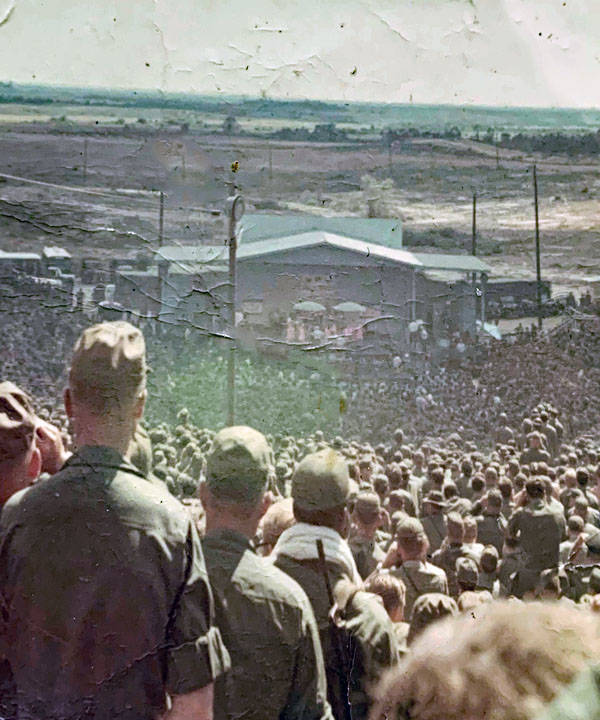
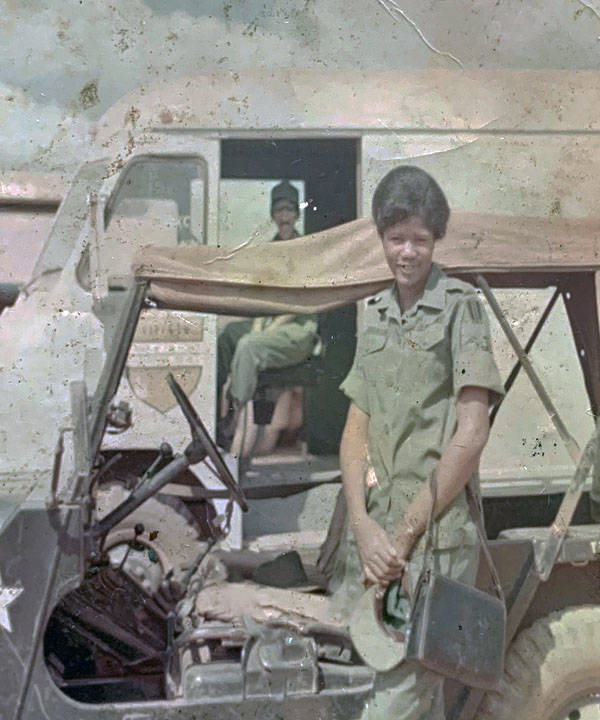
Esther explained that her second enemy firefight experience occurred during a supposedly quiet time after the Tet Offensive ceasefire on January 29, 1968. In the early morning of January 31, 1968, Long Binh was attacked. Esther recalls the time vividly. The gunfire and mortar attacks started while she was sleeping on the top bunk in her quarters and by daybreak, she was on the floor near her footlocker. She was not comfortable on the top bunk, and was reassigned to another area of the barracks with another female WAC. Neither of them were going to sleep on the top bunk, so they improvised and separated the bunks so they both slept on ground level. “We hardly had any room to move about” explained Esther, but they both felt safer. The attack on Long Binh lasted a few days and Esther and her fellow WACs were confined to the WAC detachment area. While there was penetration to the base by the Viet Cong, the fighting never reached the WAC detachment area. Esther explains that her area was assigned troops to protect the perimeter of the WAC area, but the soldiers were not issued ammunition by their officers unless it was needed. She later learned that this was to eliminate any possibility of friendly fire incidents. She said everyone was on edge and scared, as Long Binh was normally considered a safe area. Looking back, Esther said “it made sense for the enemy to attack Long Binh as it held huge amounts of supplies and top-ranking officers.”
By extending her one-year tour of duty for an additional six months, Esther earned an early discharge from her four-year commitment. Receiving her orders to fly home, she went to the Bien Hoa Air Base for a flight to Oakland, California. Arriving at Bien Hoa, she was directed to another plane “which had available seats” and Esther ended up at Fort Dix, New Jersey. Fort Dix did not have her paperwork, so she maneuvered her way around the discharge maze and left the service of the Women’s Army Corp. She later joined the Army Reserve and retired as a Sergeant First Class (E7).
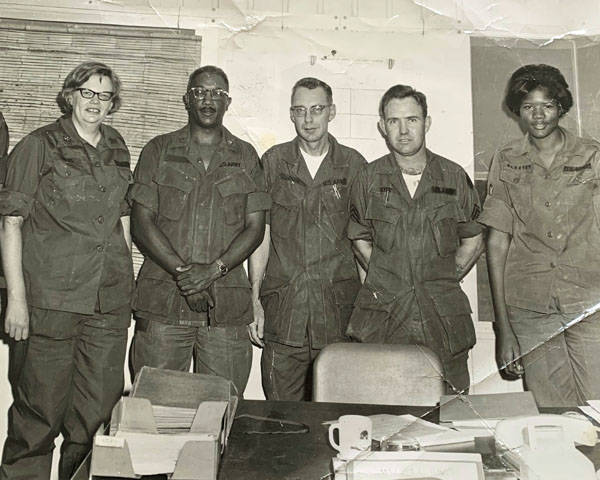
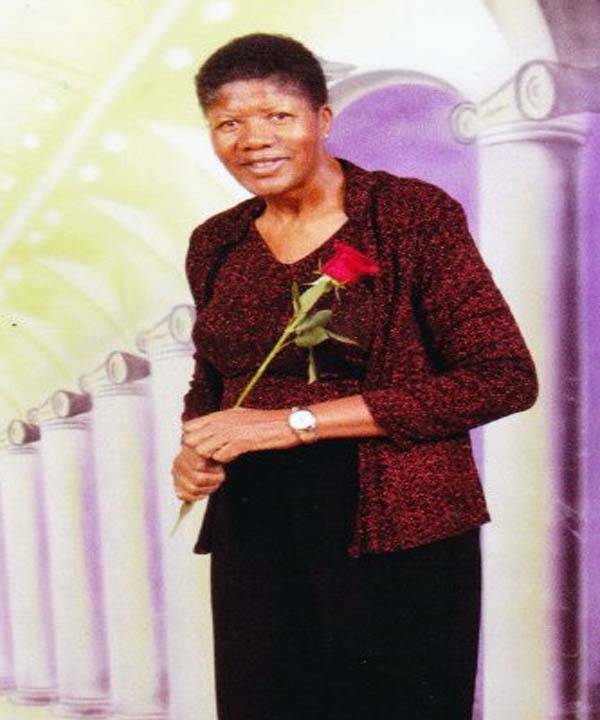
She returned to her parents’ home in Atlanta with her GI Bill benefits now available. Esther attended Kendall College in Evanston, Illinois, completing her Associate’s Degree there. She then attended Georgia State University and obtained her Master’s Degree in Social Work in 1977 from the Clark Atlanta University. Initially employed in the Tennessee area, she later accepted employment at the Cook County Hospital in Chicago, Illinois and retired in 2003 after 22 years as a medical social worker. Remaining close with her two brothers, Sidney and Leon (also a Vietnam Era Army veteran) Esther currently resides in Broadview, Illinois. She volunteers at Hines VA Hospital and also volunteered with the Illinois Animal Welfare League. She has been a “foster” pet parent many times over the years. In keeping with her desire to “see the world,” Esther has traveled to Africa, Australia and the Caribbean.



